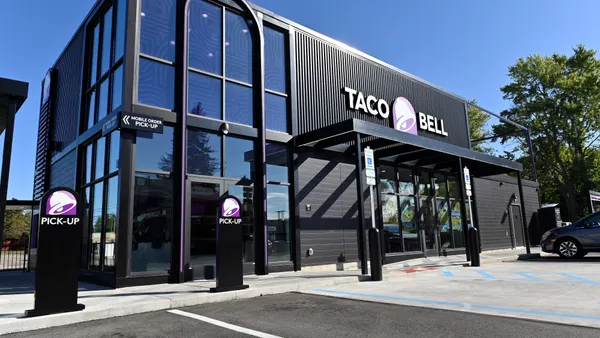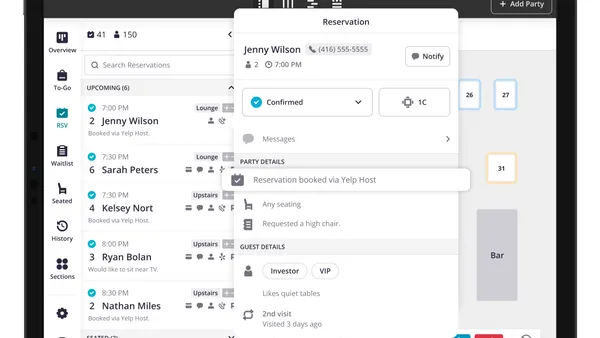Dive Brief:
- One Fair Wage released a guide Tuesday for restaurants looking to raise their wages to $15 per hour, suggesting three models that can accommodate the transition: paying employees a full minimum wage plus tips, substituting tips with a mandatory service charge and by eliminating gratuity completely and offering all-inclusive menu pricing.
- The organization recommends restaurants offset increased labor costs through modest menu price increase and by renegotiating contracts, implementing operational efficiencies and preventing costly food waste.
- This guidance comes as the restaurant labor crisis reaches historic levels, with 53% of workers considering leaving the industry for other opportunities. Most of those workers — 76% — say they are leaving specifically because wages and tips are too low.
Dive Insight:
As the restaurant workforce continues to hemorrhage talent, many operators and industry experts worry that chronic understaffing across segments could set back long-term industry recovery. But despite findings that higher wages could entice workers to stay at their jobs, many independent restaurants fear that the subsequent menu hikes required to absorb that cost would hurt transactions.
Major QSR chains are less concerned with how menu prices could be affected by a gradual transition to $15 wages. Chipotle, for example, noted a 10% increase in wages would result in menu price hikes of 2% to 3%. McDonald's has also absorbed higher labor costs by raising the price of its Big Macs by 1.4% in impacted markets to offset a 10% wage increase. This menu price hike didn't result in customers eating significantly fewer Big Macs, according to a MarketWatch study.
OFW's guidance also points to case studies that show wage hikes can also optimize a full-service restaurant's business rather than hurt it. Denny's, according to OFW, experienced stronger performance in California versus other markets after raising its wages to $15 and never adopting the subminimum wage. The organization also states that restaurant sales growth is higher in states that require employers to pay the full minimum wage to tipped workers, but points to pre-pandemic data (between 2017 and 2018) to make that case.
For full-service concepts that currently pay the $2.13 subminimum wage, a $10 burger would increase to $11.80 by 2027 to accommodate a wage increase to $14.95, according to a menu price calculator developed by Raise High Road Restaurants.
"It has become clear that, in order to attract and retain talent, restaurants must raise wages and in particular, end the subminimum wage for tipped workers," OFW writes in the guide.
Research has shown that raising wages and boosting benefits can reduce turnover. In 2019, the turnover rate for the accommodations and food services industry was 78.6%, per the OFW guide. According to Black Box Intelligence, turnover causes employers to lose nearly $2,000 per hourly employee on average. One Fair Wage also recommends offsetting labor cost increases by adding new money-making strategies to a restaurant's operations, such as branded merchandise or catering platforms.
Congress is currently considering the federal Raise the Wage Act, which would phase out the federal subminimum wage received by tipped workers and transition to a minimum wage of $15 by 2025. Most voters now support raising a $15 minimum wage and some states have already moved toward higher wages. Opposition from the restaurant industry persists, however. The National Restaurant Association released a statement in February opposing the Raise the Wage Act, stating the proposal would cut jobs and hours, and that higher menu prices would negatively impact restaurants' ability to recover from the COVID-19 pandemic.












